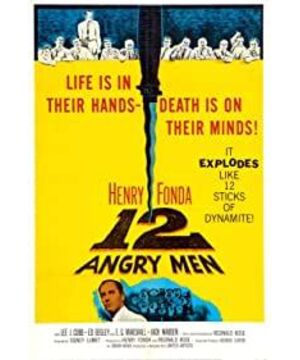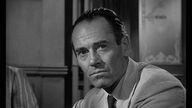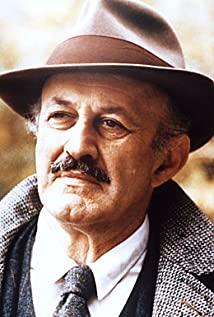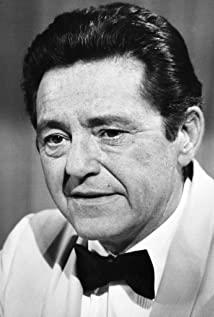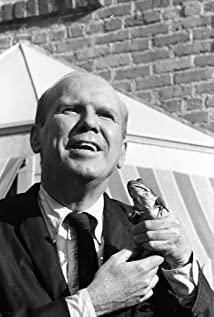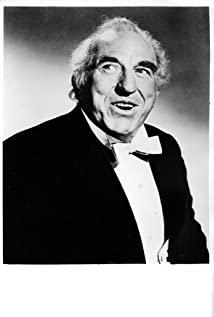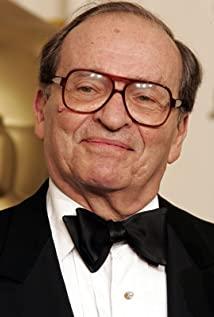Lumet's feature film debut. It has now become a classic in film history and has been remade by Russia, Japan, and China. The reason why it is classic is not only the contradictory design and dramatic conflict of its stories, but also the techniques used in the film. I will be specific below.
Twelve people are in a closed space, and the scene is very limited. How to mobilize the audience's emotions and let the whole story continue to move forward in the process of superimposing contradictions and conflicts is a certain difficulty. But I believe that very few people think "Twelve Angry Men" is not good-looking.
The director used a lot of techniques, not the kind of bells and whistles, but a solid foundation.
First, a sultry natural environment is set at the beginning of the film, giving people a feeling of restlessness. And as the discussion intensifies and changes constantly, it also affects the behavior of the twelve people (this will be explained later). In the second half, when the discussion reached a climax, the rain suddenly poured, releasing the long-standing depression. The final discussion ended. After the heavy rain, the various jurors left and the movie ended. It can be said that this natural environment has a contrasting significance for the development of the plot.
Second, in terms of lens language, Lu Meite insisted that "skills are born for auxiliary content". First, he used many long shots, which allowed us to better familiarize ourselves with the position and confirm the role in such a closed space. At the same time, it also increases the sense of movement and reduces the fatigue caused by the fixed position. These long shots are mostly gentle and gentle in emotion, and generally do not set dramatic conflicts. They are also matched with wide-angle medium shots. In the entire medium shot, the first third of the film is shot with a perspective above the horizontal. , the middle third is the horizontal line of sight, and the last third is all below the horizontal line of sight. In this way, when the film goes to the back, the space is continuously compressed, and the sense of closure gradually forms, making the film full of tension. In addition, close-up close-up is the most used, mainly the front and back shots of the dialogue between characters, but Lu Meite did not use a very traditional direct view method, but in the front and back shots in the first half is a slight overhead shot, giving people a sense of A sense of security; the second half is a slight upward angle, which increases the sense of oppression of the picture, mobilizes the audience's emotions, and intensifies the dramatic conflict.
In addition, the editing method of the film is also quite classical, in the same vein as Griffith, not only connecting the story paragraphs with "fading in and out", but also using more insertion shots to enhance the drama.
Third, because the film is in black and white, and the scene is single, in addition to the above-mentioned lens language, Lumet has also done a lot of work in the scene and the frame. The first is to cooperate with the natural reactions and actions of the natural environment, such as opening windows, taking off clothes, washing your face, turning on fans, pacing back and forth in the room due to the anxiety caused by the weather, and so on. In addition, the windows, doors and walls in the background have a lot of natural horizontal and vertical lines, which makes the characters in the foreground move more rhythmically, and also adds a sense of visual order.
Finally, talk about what the film wants to express.
90% of the whole film shows the process of discussion among jury members, and other legal procedures are not even shown. Obviously, the focus of the film is not to focus on the outcome of the case itself, but the superiority of the jury under the Anglo-American legal system. , which strongly embodies the American humanitarian and theme values. One of the jurors in the film said this: "We didn't come here to fight. We have great responsibilities, and I always think that's the virtue of a democratic society. We got letters, we were told to come here, we decided to Whether a person who has never met us is guilty or not, no matter what kind of judgment is made, we will neither gain nor lose, which is why our country is so strong." When you slowly let go of your prejudices and begin to think and accept reasonable doubts, this is undoubtedly the manifestation of the light of humanity, which has nothing to do with the country and society. When we cannot pursue 100% result justice, what we can do is to pursue the maximum degree of procedural justice.
View more about 12 Angry Men reviews


